This Ford SUV can stop on a dime – all on its own
Downtown driving automated
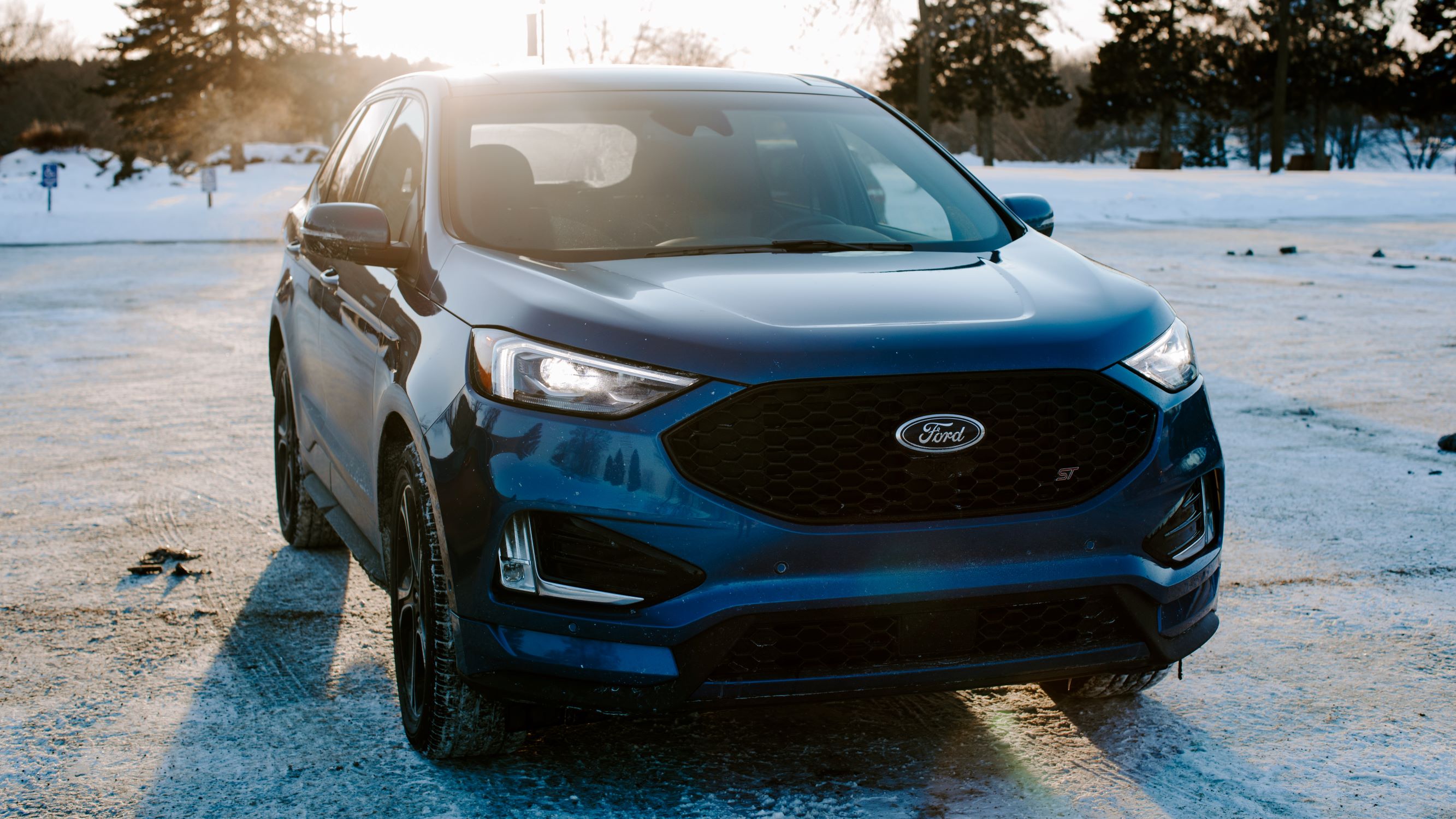
Driving cars in rush hour traffic is a major pain. You’re constantly braking, then pressing the accelerator again. The irony is that most of us go into autopilot mode, never even thinking that much about how often we’re repeating the same task. This is actually a good thing – it’s called ‘default mode’ and it means we can also talk to a passenger or eat a taco at the same time.
Yet, it’s still laborious. In a recent test of the 2019 Ford Edge ST – the performance version of the redesigned sport-utility vehicle with a 335 horsepower engine – a new feature called Adaptive Cruise Control with Stop-and-Go meant the car would slow down to a full stop and then resume as the traffic picked up again. It’s something Volvo, Mercedes-Benz, and others have offered for some time, but it’s the first SUV I’ve tested with this feature.
It’s interesting because you don’t really expect this level of automation in a Ford SUV, especially one that is mostly designed for hauling people around (and maybe a boat or a trailer).
Stop-and-Go
The Edge is packed with many other advanced safety features, including lane-keeping and collision detection. I put Stop-and-Go to the test in multiple driving scenarios, including a long stretch of highway and also around town at much slower speeds.
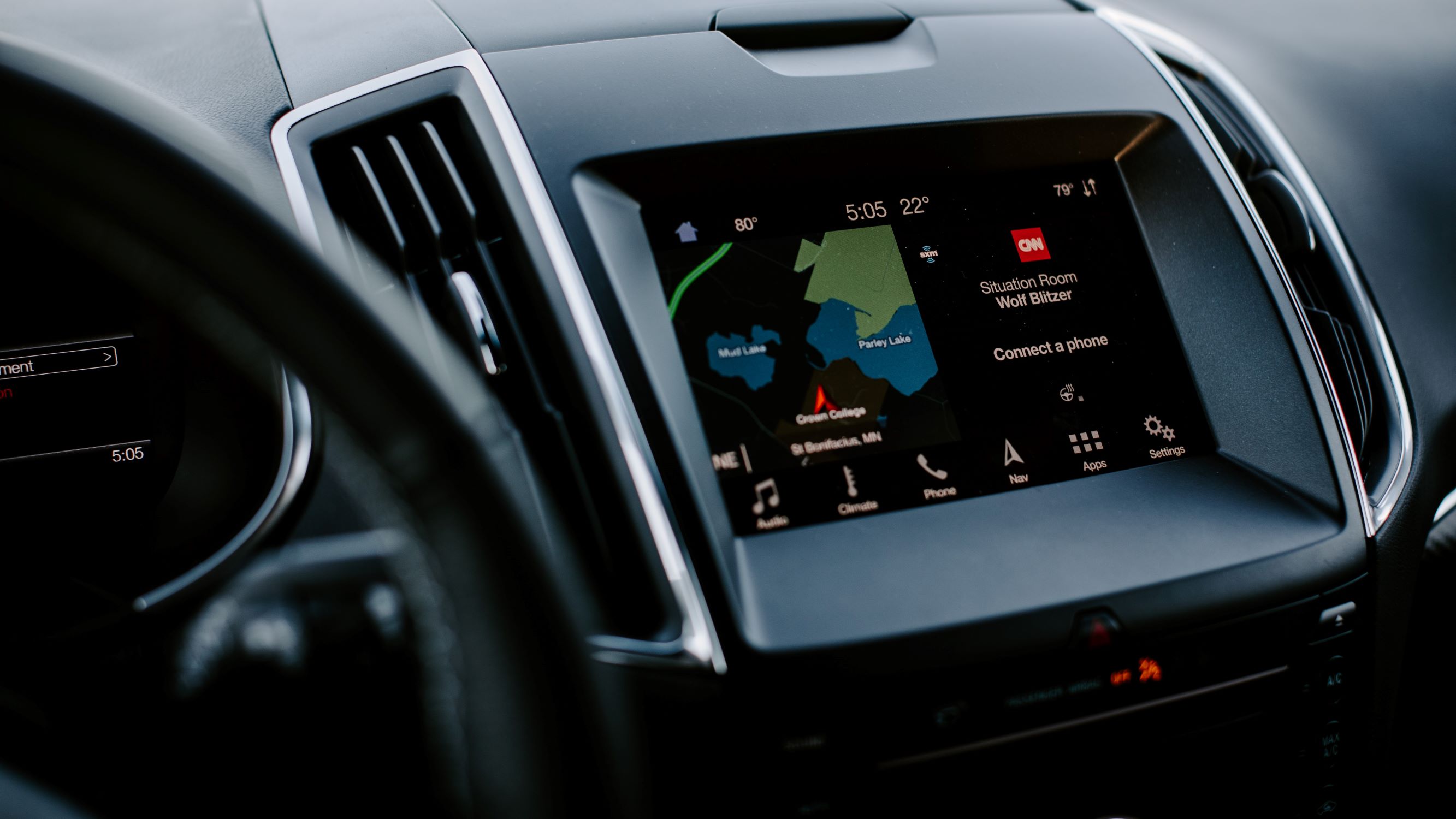

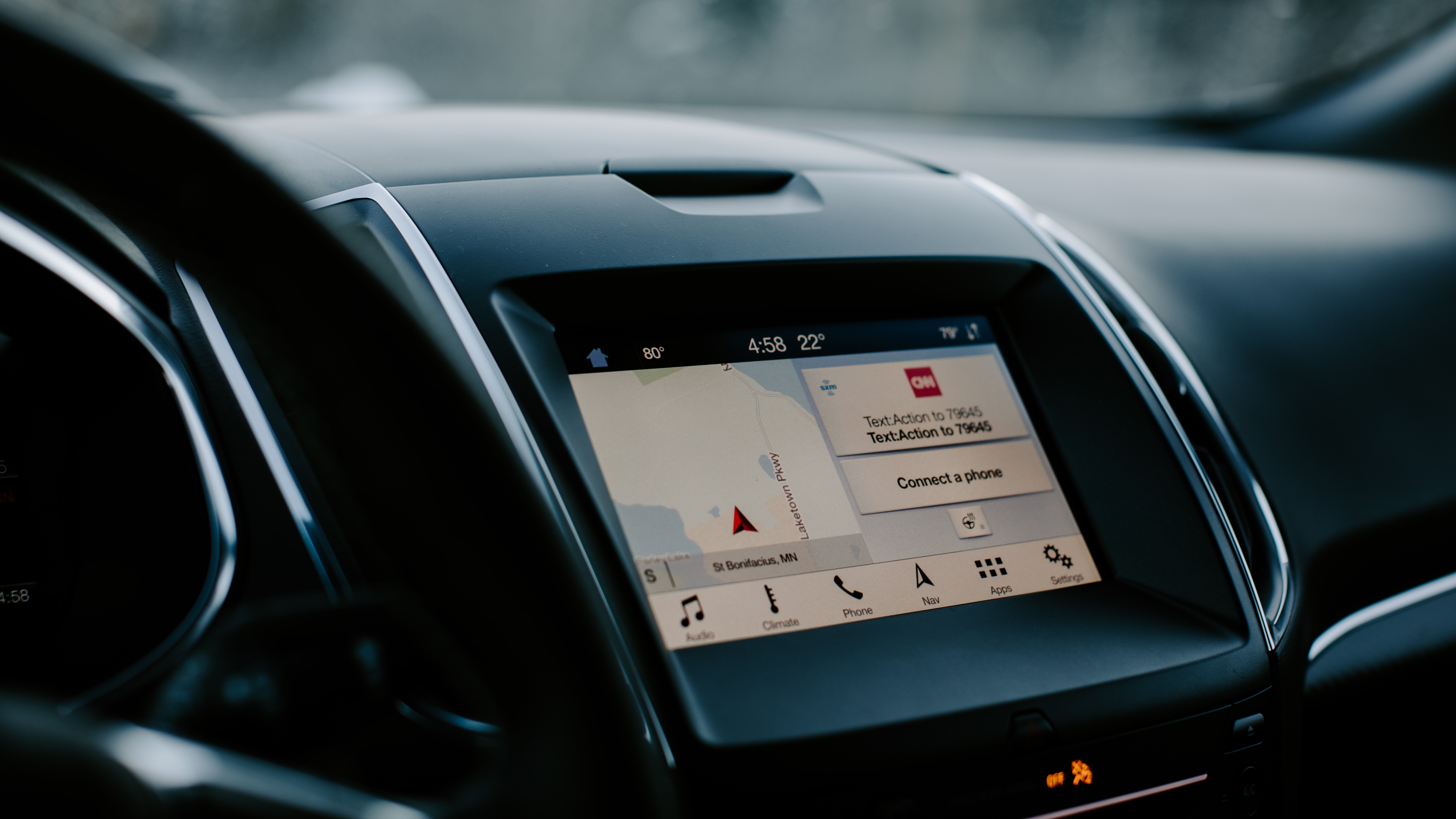
On the highway, you will definitely appreciate the feature. After a while, you barely notice the automation. As I’ve mentioned before, that’s the real benefit of technology like this when it just takes over for you and you stop noticing it. The Ford Edge would slow down, maintaining a nice distance between me and a minivan or a huge semi truck. Like any car equipped with adaptive cruise control, you can set the gap distance from far away to much closer.
Around town, the Edge also worked fine, but I did notice a few times when it could have worked better. This is actually true of all cars with a feature like Stop-and-Go. Volvo calls it Adaptive Cruise + Pilot with City Safety. Mercedes-Benz calls it Active Distance Distronic. The Edge would inch forward to the car in front of me, but in a downtown area where roads bend and divide a lot, the Stop-and-Go feature wouldn’t quite work.
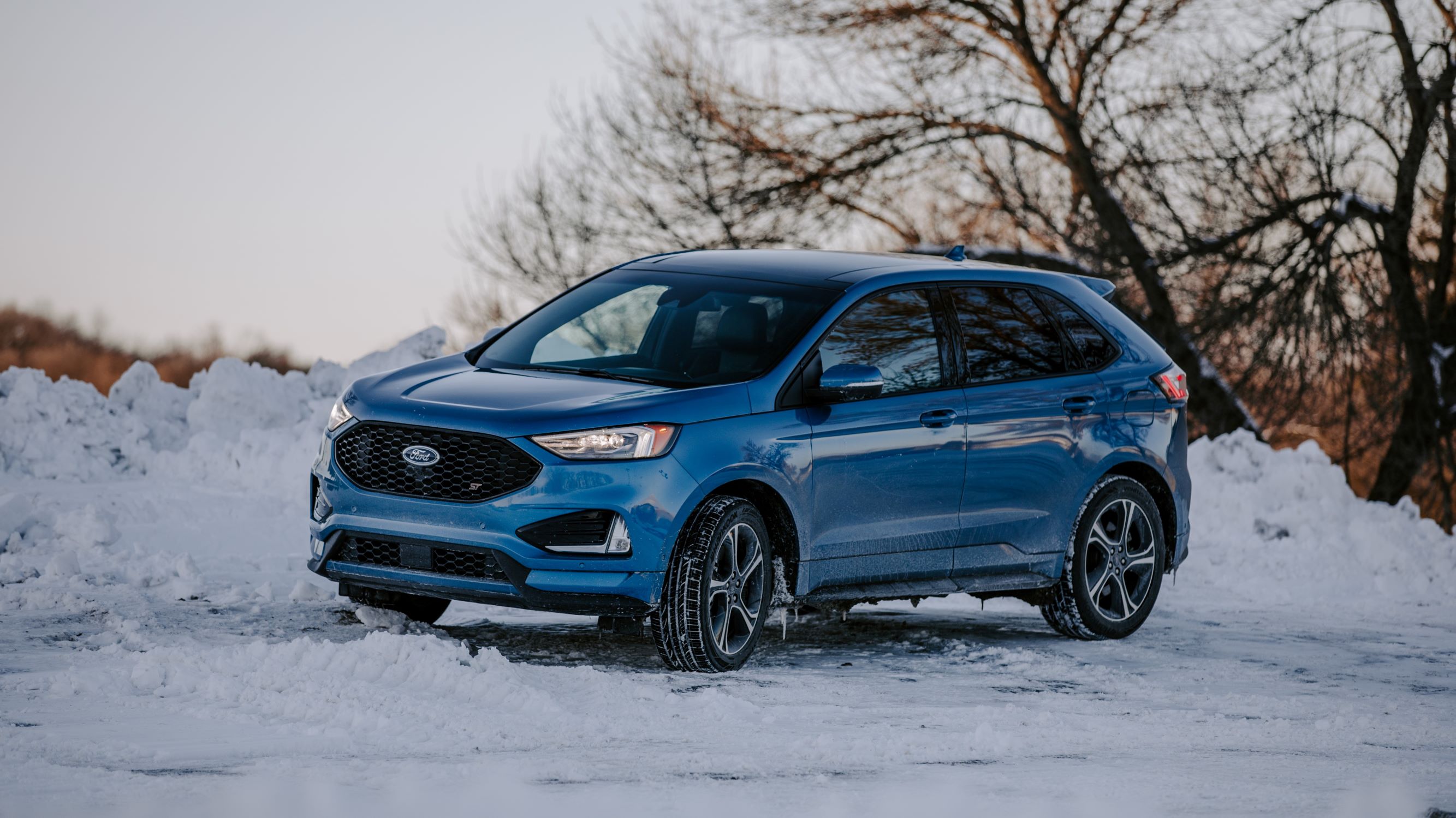
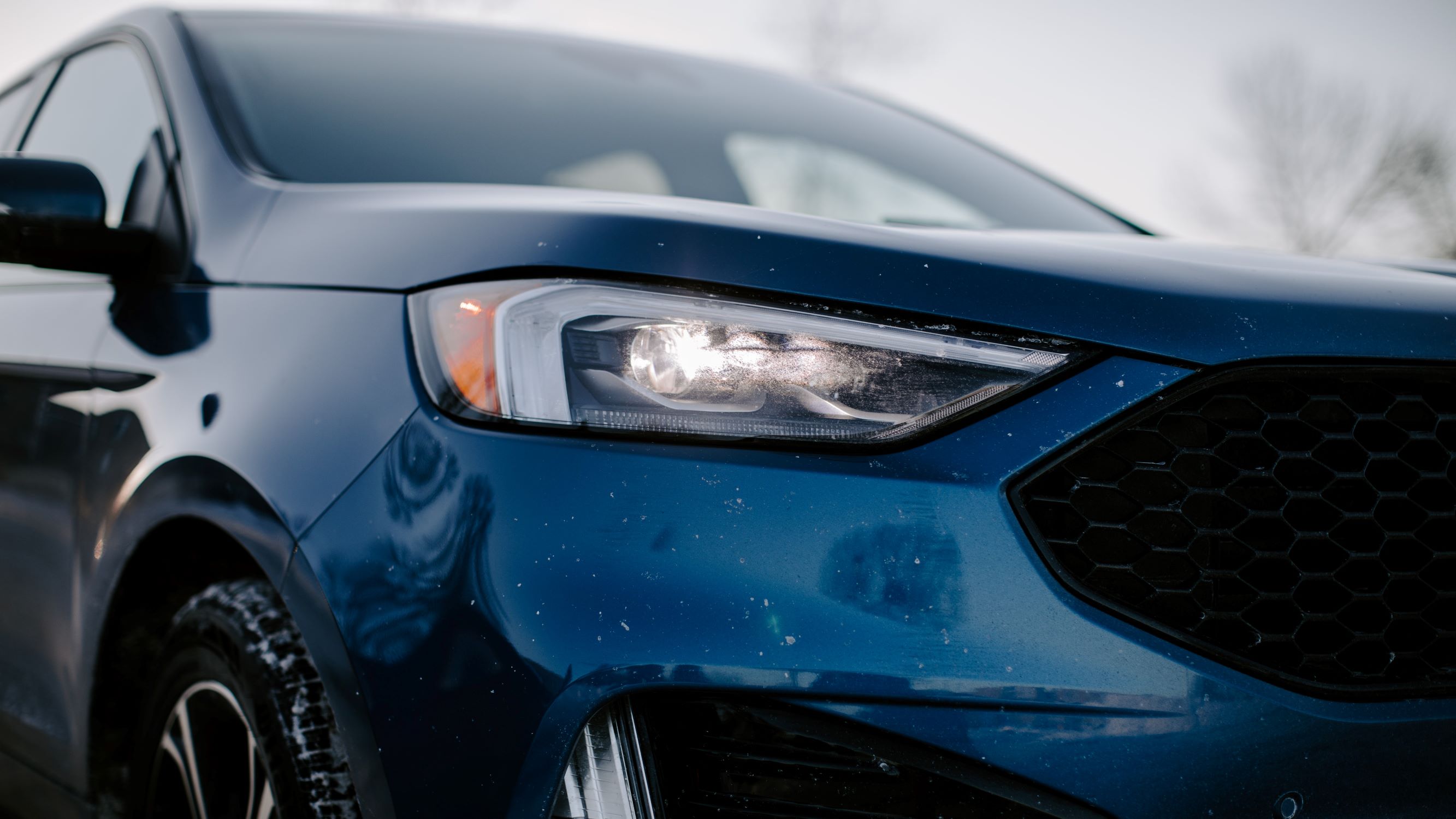
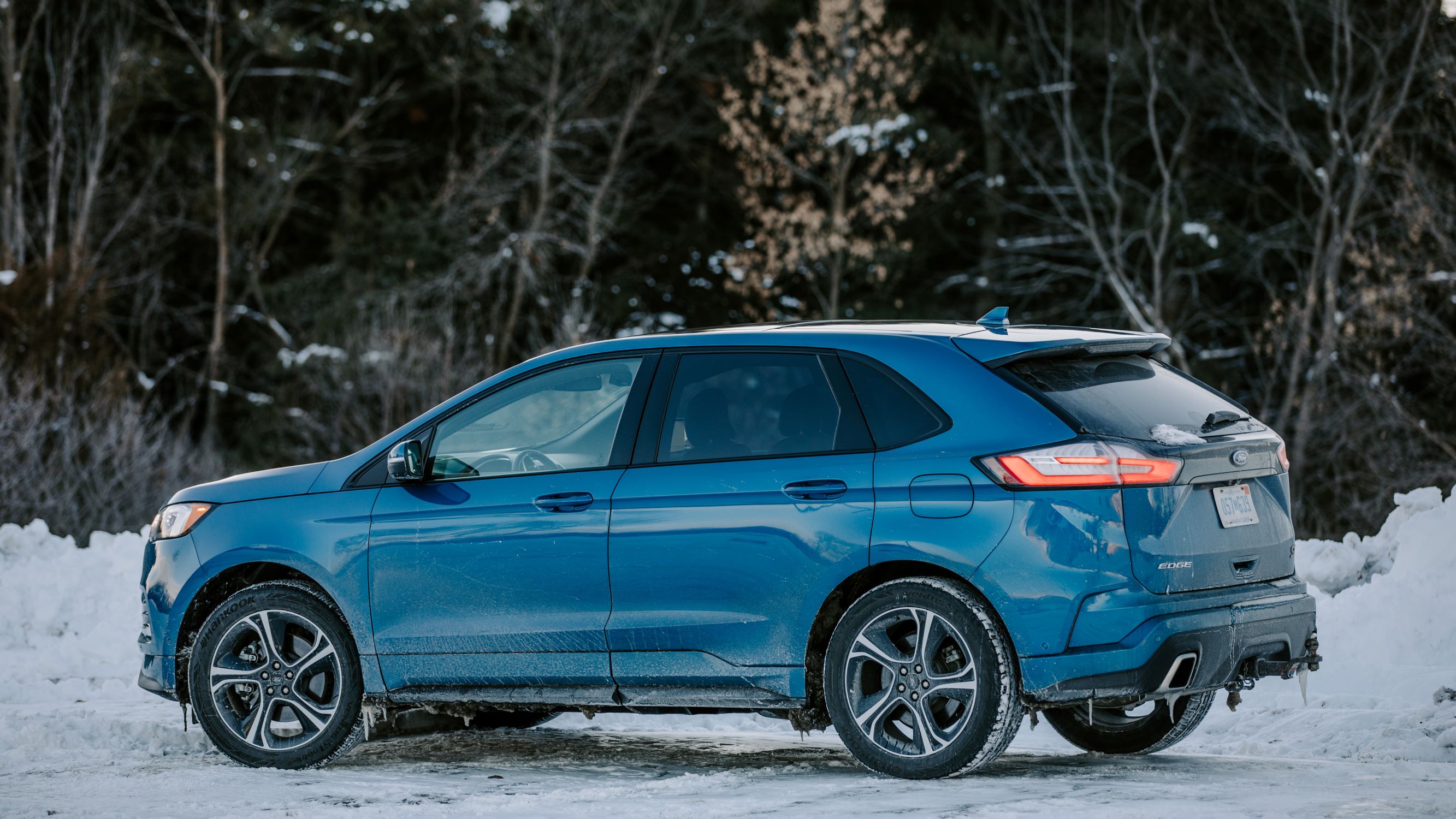
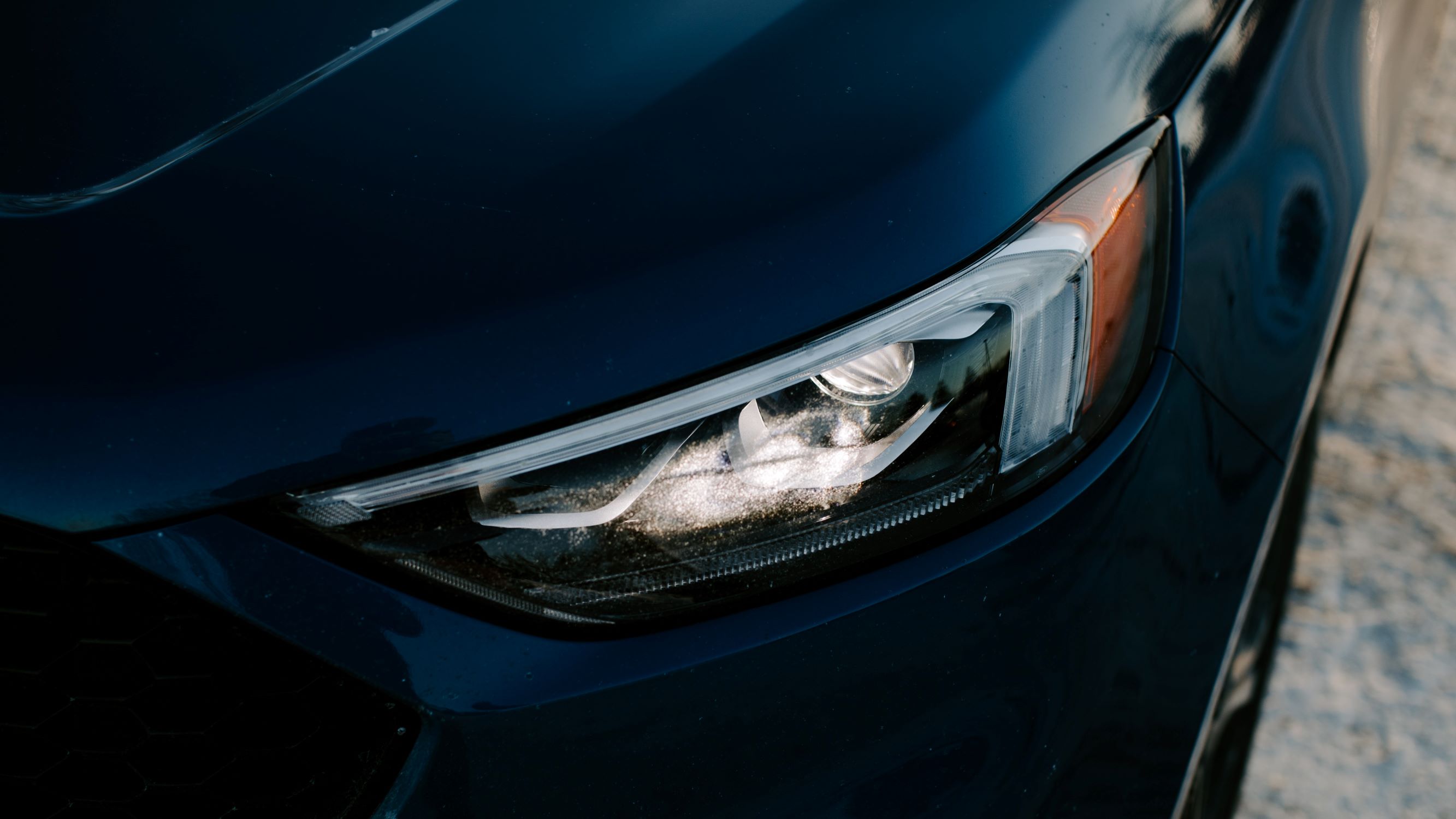
This isn't surprising, because the AI in cars hasn't advanced to the point where it can really understand complex road conditions. A sensor scans in front of you, and if it 'sees' a car ahead it will stop. When that car moves forward, you’ll move forward. Yet, if the road bends suddenly, the sensor won’t see there’s still a car and you’ll speed up.
Sign up for breaking news, reviews, opinion, top tech deals, and more.
I’d prefer if an AI algorithm knew you were on a bendy road, knew there was a car in front of you still, and decided not to speed up. It means you have to manage the Stop-and-Go feature, which is not that helpful.
In another instance, still in a downtown area, I pressed resume for the Adaptive Cruise Control and the car sped up to the right speed, but I knew there was a stopped car about 100 yards in front of me. Sensors only scan so far ahead, but if the Edge had known there were stopped cars, it could have gradually increased in speed (which is what human drivers do).
The future is in the backseat
This isn’t meant as a complaint – the technology for AI-driving is still evolving, and I appreciated the automations in a normal highway traffic setting. Cars don’t yet connect to the intersection, the traffic lights, and other cars (at least not in my area – they do in Las Vegas).
The good news is that the AI will only improve and we’ll take a backseat to all of this automation and AI-powered driving some day. Literally.
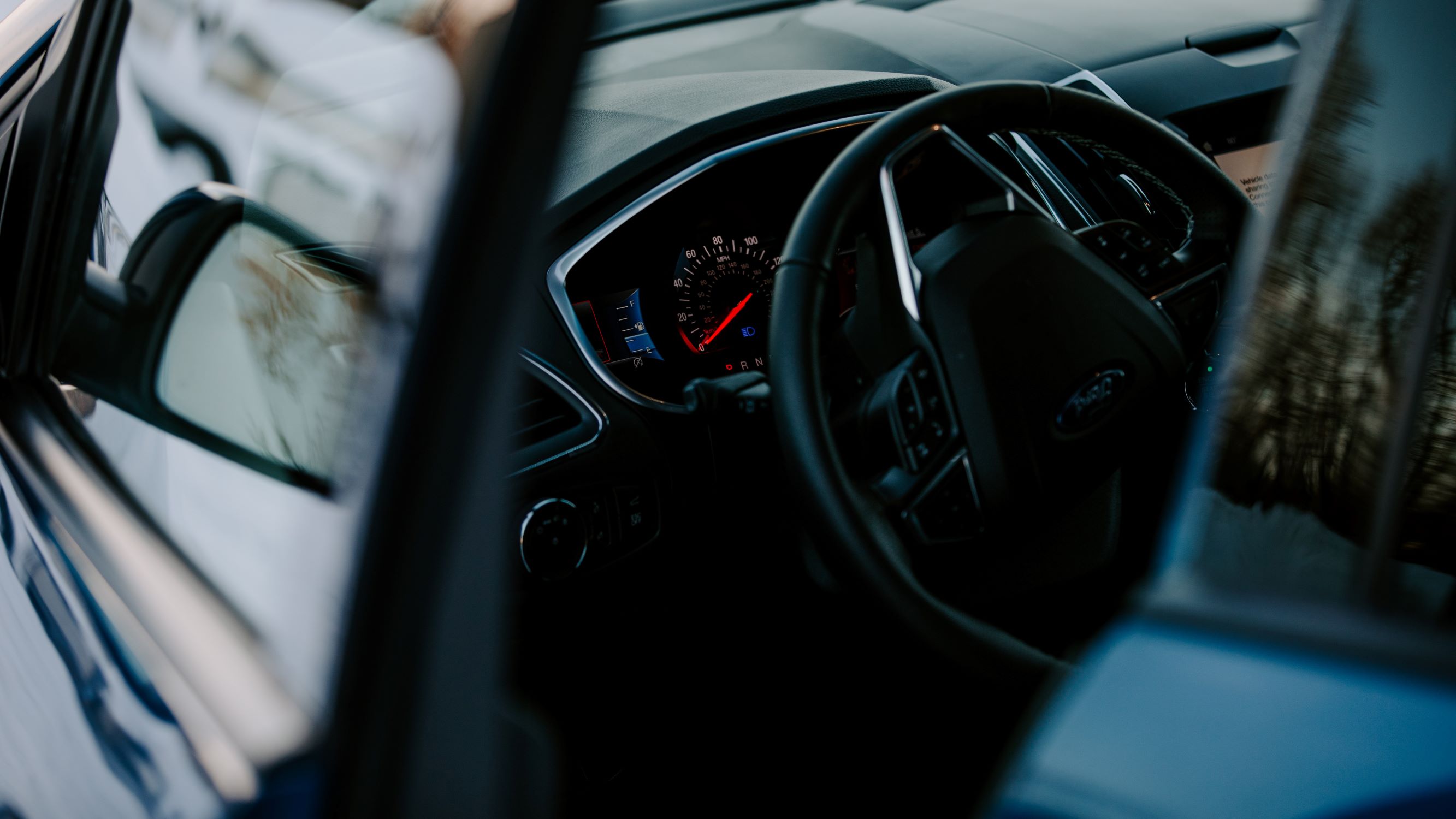
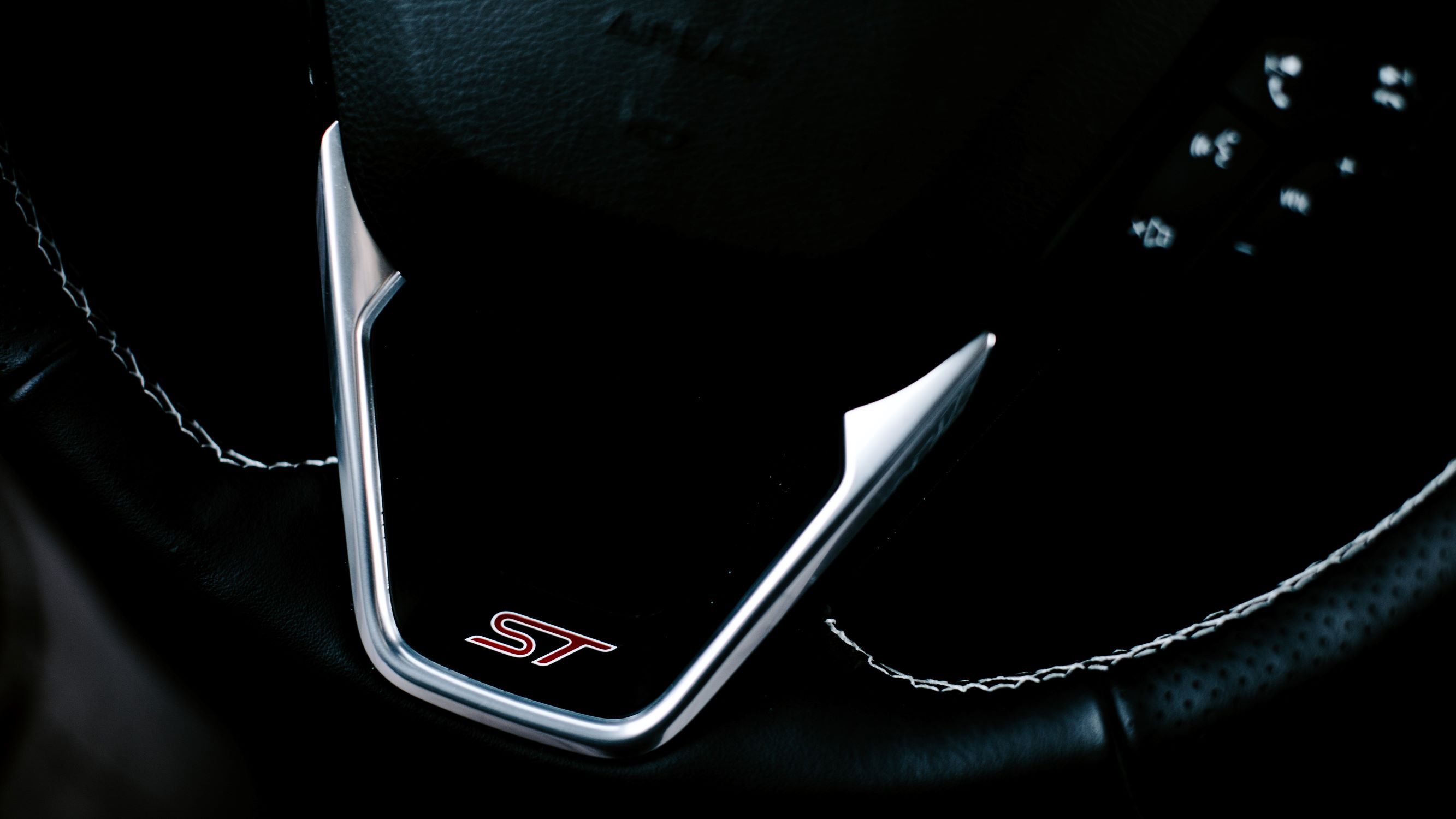

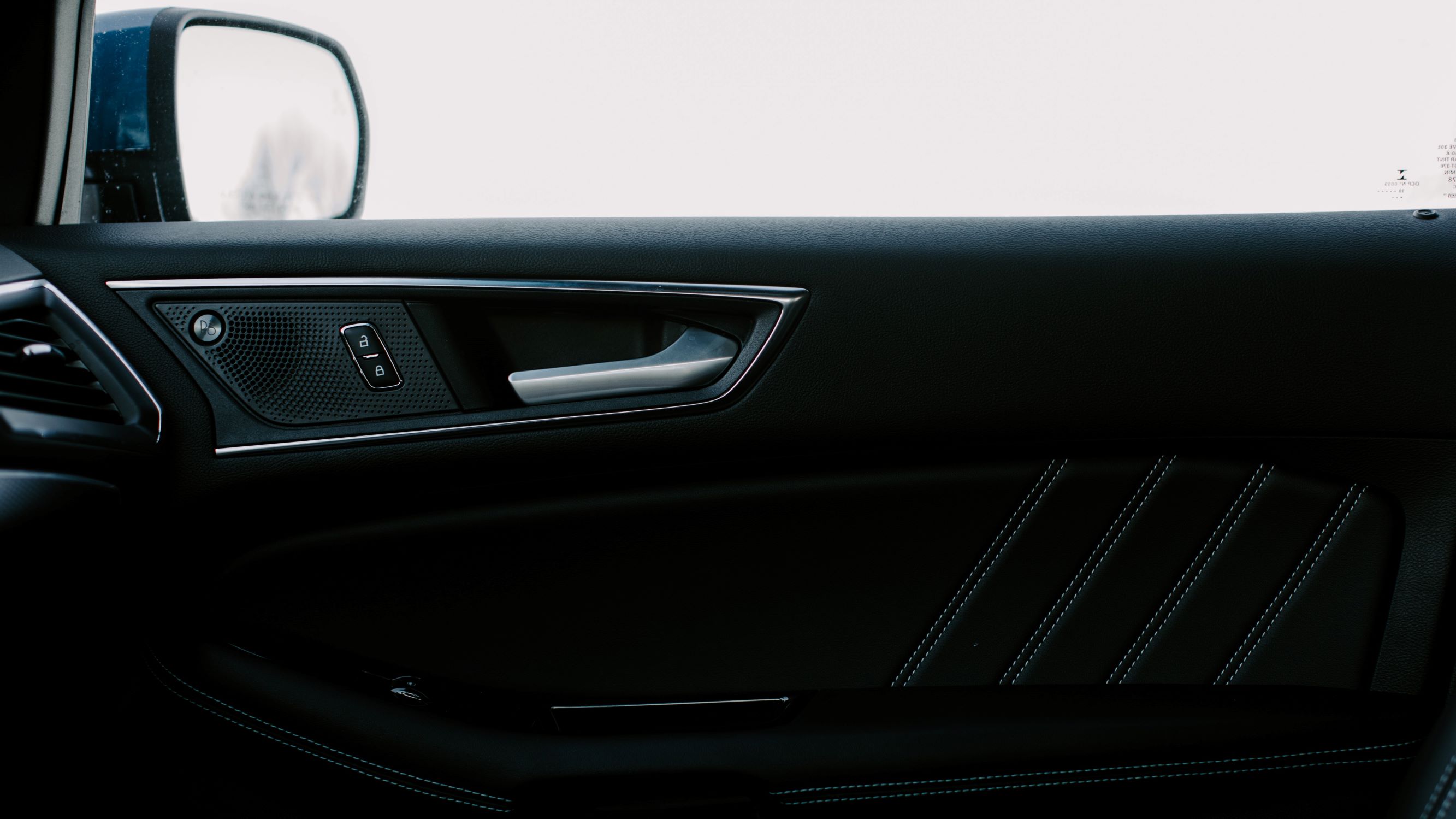
On The Road is TechRadar's regular look at the futuristic tech in today's hottest cars. John Brandon, a journalist who's been writing about cars for 12 years, puts a new car and its cutting-edge tech through the paces every week. One goal: To find out which new technologies will lead us to fully self-driving cars.

John Brandon has covered gadgets and cars for the past 12 years having published over 12,000 articles and tested nearly 8,000 products. He's nothing if not prolific. Before starting his writing career, he led an Information Design practice at a large consumer electronics retailer in the US. His hobbies include deep sea exploration, complaining about the weather, and engineering a vast multiverse conspiracy.